Best MySQL DigitalOcean Performance – ScaleGrid vs. DigitalOcean Managed Databases
Scalegrid
JUNE 22, 2020
Compare Latency. On average, ScaleGrid achieves almost 30% lower latency over DigitalOcean for the same deployment configurations. ScaleGrid provides 30% more storage on average vs. DigitalOcean for MySQL at the same affordable price. MySQL DigitalOcean Performance Benchmark. Read-Intensive Throughput Benchmark.

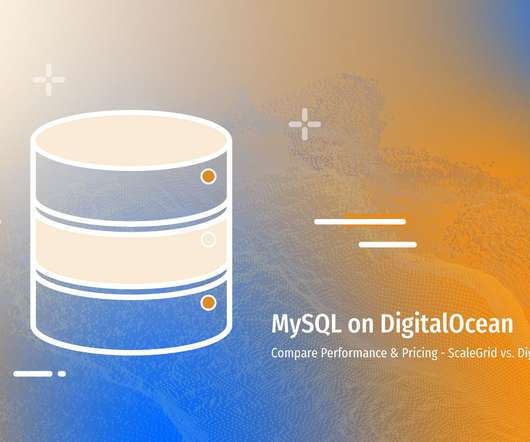







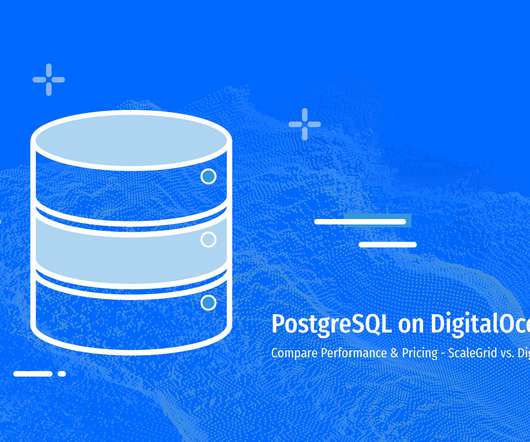
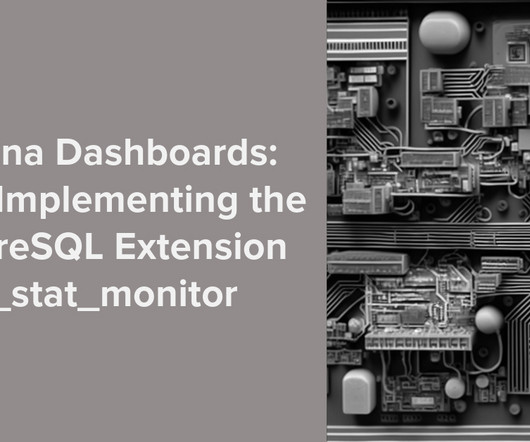





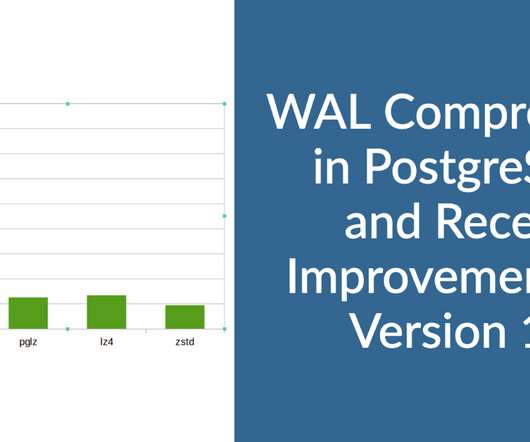


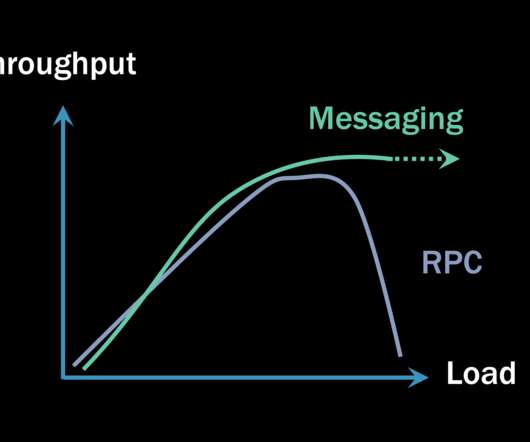















Let's personalize your content